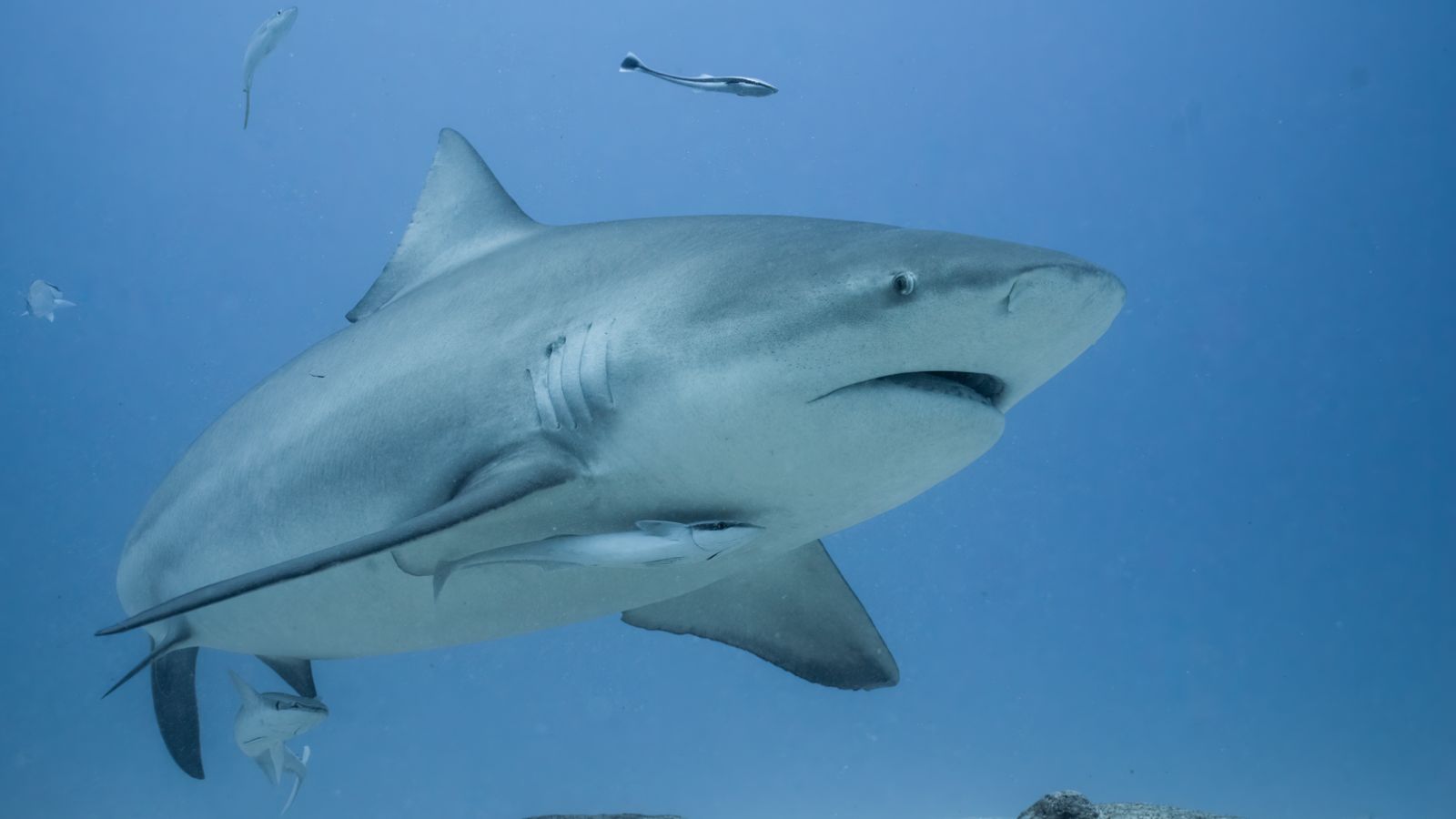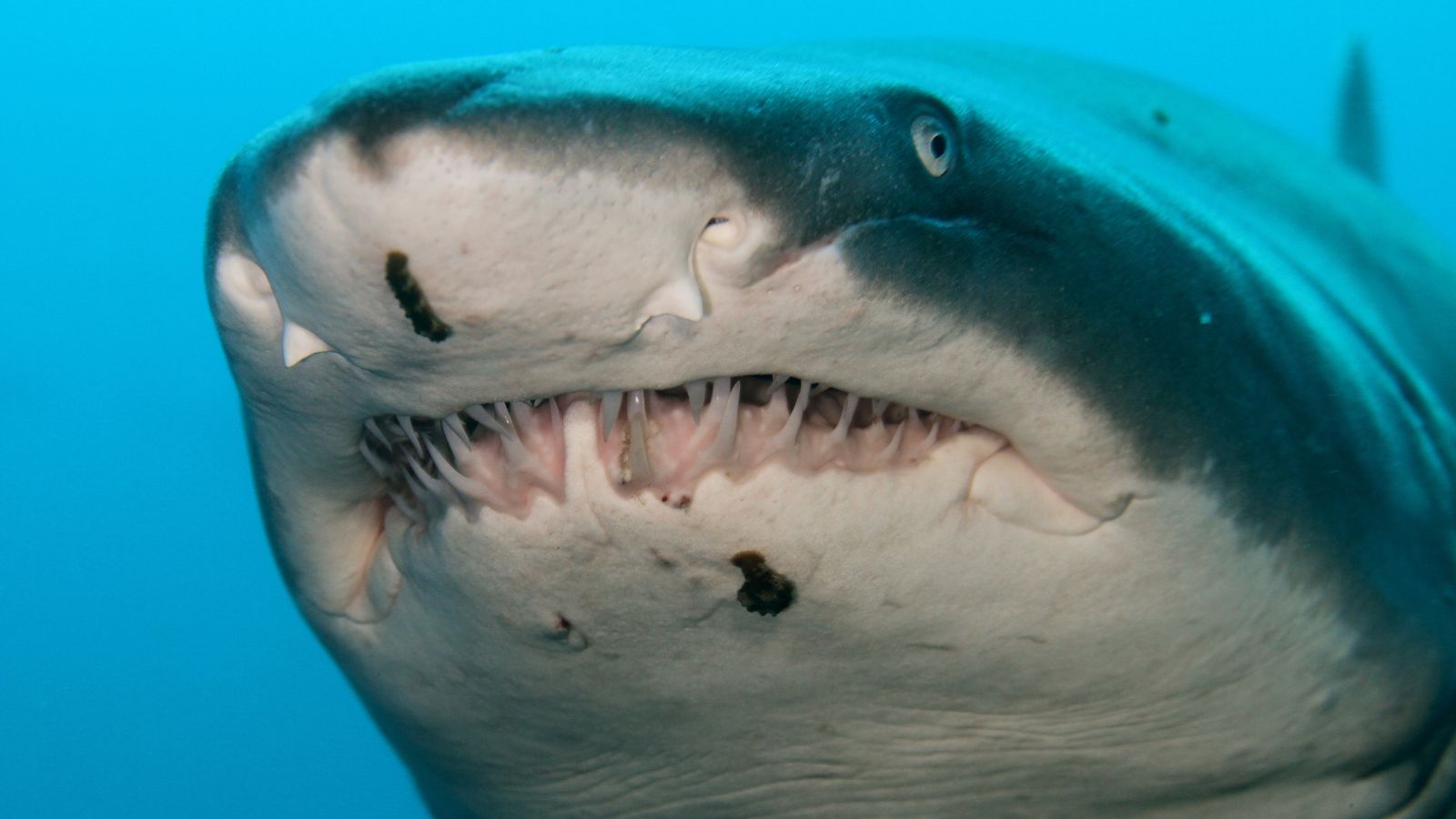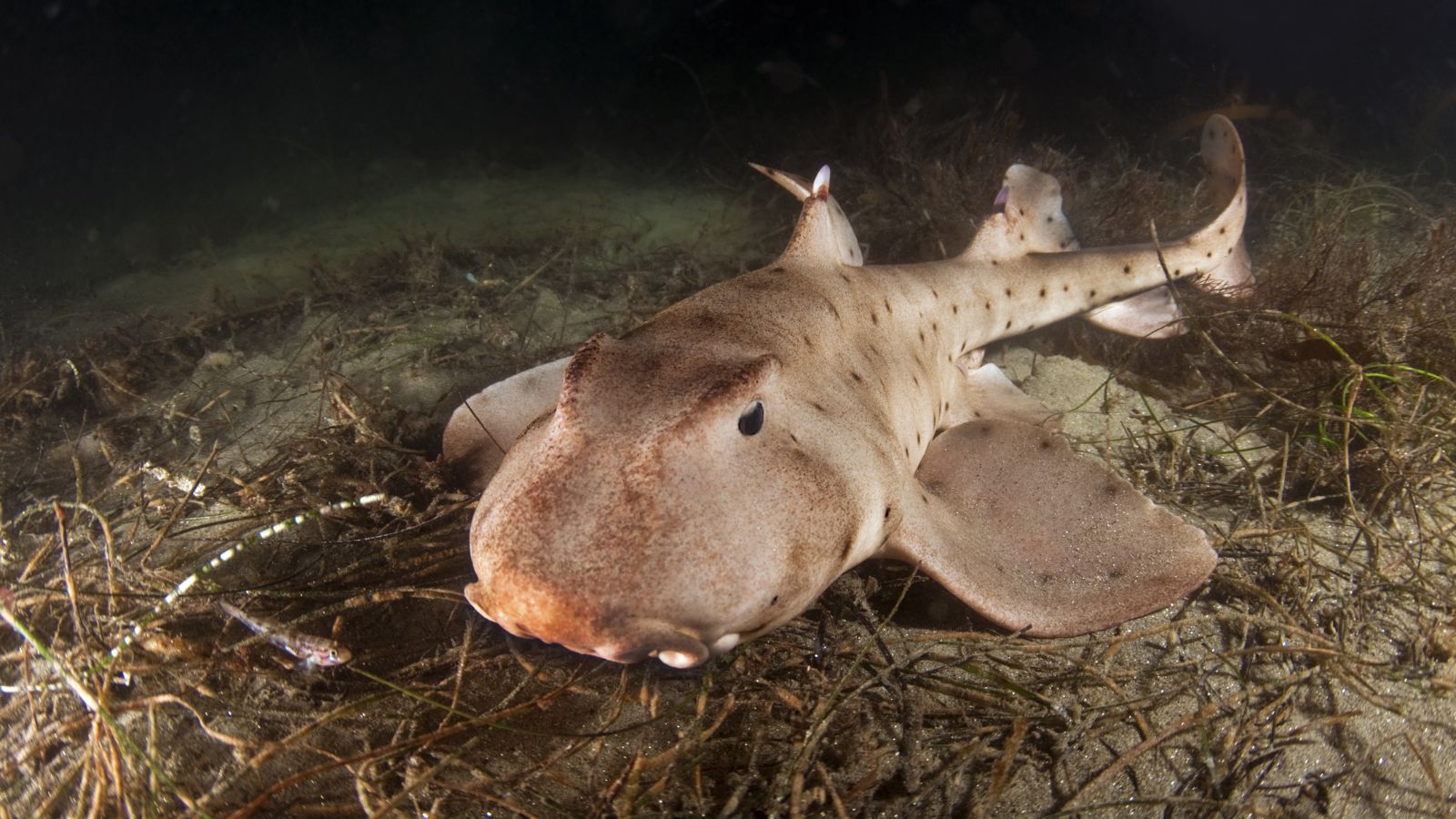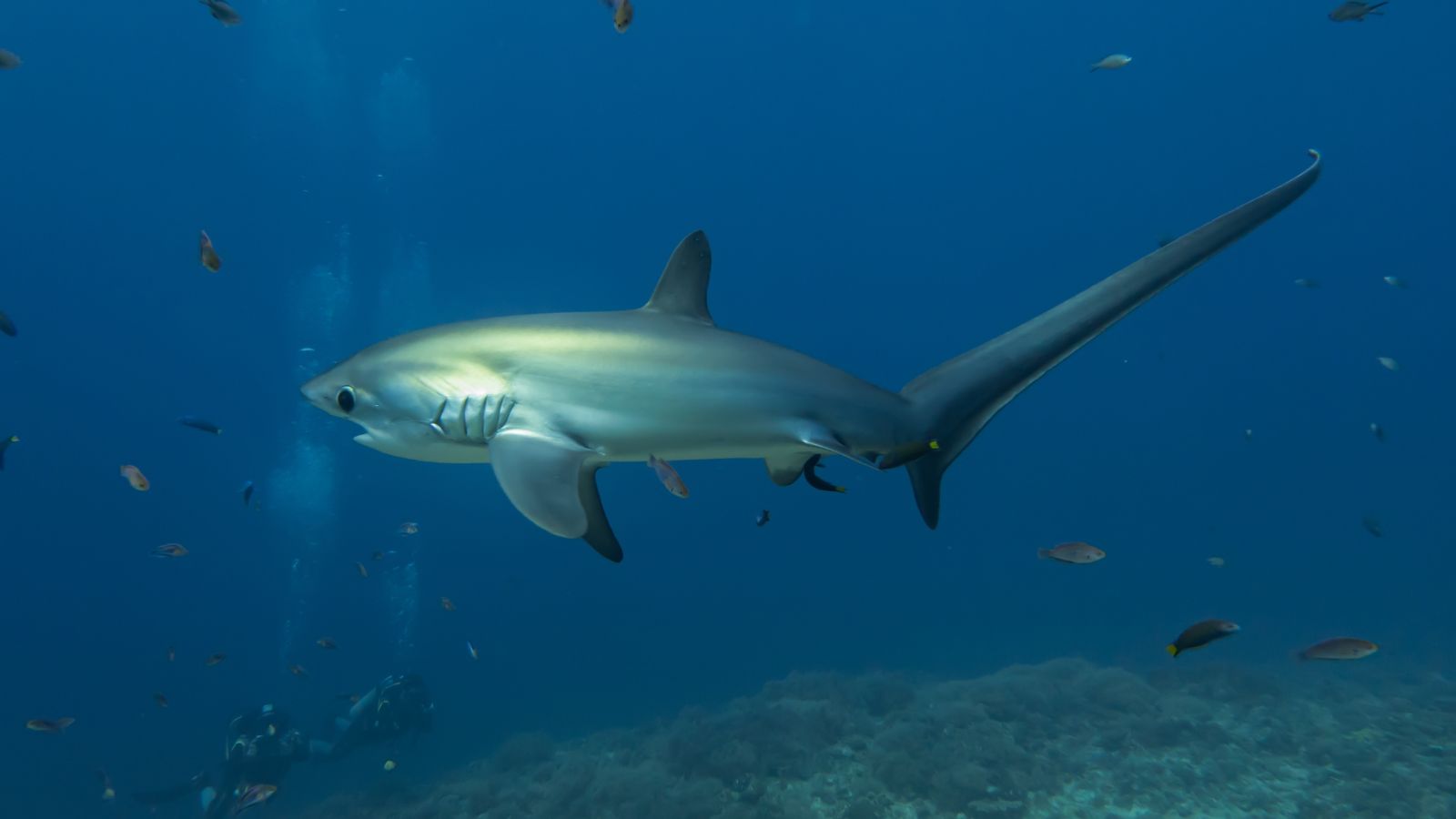Sharks have a reputation for being the ocean’s most fearsome predators, but you shouldn’t believe all the negative hype! While sharks are a force to be reckoned with, there’s more to these nightmarish fish than meets the eye. Here are 17 fascinating things about sharks that you probably weren’t aware of.
They’re Not All Cold-Blooded

The WWF explains that most species of sharks are cold-blooded, which means that they’re only as warm as the water they’re swimming through. However, not all sharks like to keep things cool—sharks from the Lamnidae family (including salmon sharks, porbeagles, and longfin makos) are all warm-blooded.
They Can Travel Huge Distances

Sharks aren’t afraid to go on crazy vacations. One shark was tracked as it swam from Africa to Australia and then back again—that’s a round trip of nearly 20,000 kilometers—and it even managed the journey in a lightning-fast nine months. It’s too bad that sharks can’t earn air miles!
They Come In All Shapes and Sizes

If you picture a shark in your head, you’re probably seeing a great white. However, this is just one of over 500 different species of shark. Hammerhead sharks have distinctive heads, angel sharks are pancake-flat, and wobbegong sharks look as silly as you’d expect, given their goofy name!
Shark Phobia Is Called ‘Galeophobia’

If you’re scared of sharks, we understand—we certainly wouldn’t want to meet a great white in a bad mood. The scientific name for fear of sharks is galeophobia, and exposure therapy, cognitive behavioral therapy, and special medication are usually used to resolve sufferers’ fear of fins.
Shark Fin Is a Delicacy In Some Cultures

Shark fin soup is a popular wedding-day dish in Hong Kong and China, but this high-status delicacy comes at a terrible price. The BBC reveals that the unsustainable fishing practices used to harvest fins don’t just hurt sharks—they put the whole ocean at risk by disrupting the fragile underwater ecosystem.
They Don’t Have Normal Bones

When it comes to sharks, closets are the only place you’ll find any bone-a-fide skeletons. Sharks don’t exactly have bones; instead, their skeletons are made of cartilage. This means that sharks don’t leave fossils when they die, as cartilage is too soft to be properly preserved.
You Can Measure Their Age By Counting Rings

If you’re wondering how many candles to put on a whale shark’s birthday cake, there’s a surefire way to work out their age. It’s possible to determine how old these sharks are by counting the rings on their vertebrae. Funnily enough, this is pretty much how scientists measure the ages of trees!
Some Can Only Breathe When Moving

Sitting down to take a breather isn’t an option for some types of sharks. For example, the terrifying great white is only able to breathe while moving. Give them the benefit of the doubt if you see one swimming towards you—it might just be taking a deep breath!
They Have Great Senses

Sharks might not score well on an SAT, but they would ace any eye test. Sharks have remarkably good eyesight, and their senses don’t stop there. They’re also able to sense their prey’s heartbeat thanks to an electromagnetic sensor found in their heads, which is called the ampullae of Lorenzi.
They’re at the Top of the Food Chain

Sharks are apex predators, which means that they have no natural predators of their own. Of course, this doesn’t stop humans from hunting them. You’d expect other sea creatures to be grateful to humans for reducing the number of sharks in the sea, but the opposite is true—apex predators keep ecosystems in check, so it’s important not to disturb them.
Female Sharks Have Thicker Skin

According to Reader’s Digest, female sharks have thicker skin than their male counterparts. This is just one of the differences between male and female sharks. Female sharks tend to be larger, while it’s possible to identify male sharks due to their claspers, which are organs attached to their pelvic fins.
Female Sharks Can Reproduce Asexually

It sounds impossible, but female sharks can actually reproduce without any input from a male. This is known as pathogenesis (asexual reproduction). Scientists have no idea how female sharks pull this off—or why they decide to do it—so it’s safe to say that this head-scratching puzzle is one of nature’s greatest mysteries.
Humans Are More of a Threat to Sharks

Sharks look scary, but they’re not the monsters we’ve come to expect. There are usually only about 60 shark attacks worldwide each year, and only a fraction of these turn out to be fatal. In fact, humans are more of a threat to sharks than sharks have ever been to humans!
They Have Huge Appetites

While they don’t have a taste for human flesh, sharks still love to eat. They can consume up to 10% of their own body weight each week—for a whale shark, that’s nearly 20,000 kilograms. Sharks aren’t fussy eaters; fish, clams, or other sharks are all on the daily menu.
They Have a Unique Identification System

To the untrained eye, it’s easy to mistake one species of shark for another, so imagine trying to tell one shark apart from the next! Luckily, whale sharks have distinctive patterns on their backs. The National Aquarium explains that this is the shark equivalent of a fingerprint, and it makes identification easy.
They’re Super Ancient

If you hear someone referring to sharks as ‘living fossils,’ they’re not exaggerating. It’s estimated that sharks have been terrorizing the depths for at least 400 million years. For reference, that’s 200 times longer than it’s taken for humans to build cities, go to the moon, and colonize the entire world!
Not All Sharks Are Dangerous

It’s not fair to paint all sharks with the same brush when it’s a select few species that cause all the chaos. Great whites, tiger sharks, and shortfin mako are the prime suspects for attacking humans, though the oceanic whitetip and bull shark are also best avoided.
Up Next: 17 Commonly Believed Myths About The Wild West That Are Actually False

The Wild West was a peculiar place to live in, for sure. But are the stories of gunslinging cowboys and superhero sheriffs true? Here are 17 myths about the Wild West you should stop believing today.
17 COMMONLY BELIEVED MYTHS ABOUT THE WILD WEST THAT ARE ACTUALLY FALSE
18 Signs Someone Has a Personality Disorder

Personality disorders are underdiagnosed because they’re often misconceived as people ‘being difficult.’ Society also tends to focus more on the symptoms of anxiety and depression that accompany personality disorders, neglecting the other signs. To promote understanding, here are 18 signs someone isn’t being difficult but has a personality disorder.
18 SIGNS SOMEONE HAS A PERSONALITY DISORDER
20 Reasons Why Older Couples Are Ending Their Relationships

As our society modernizes and normalizes separation for couples who feel unhappy or stagnated, even older couples are choosing to end their marriages in greater numbers. While staying “till death do us part” and spending your golden years with a life-long partner may be more traditional, here are 20 reasons why older people might now be choosing divorce instead.

